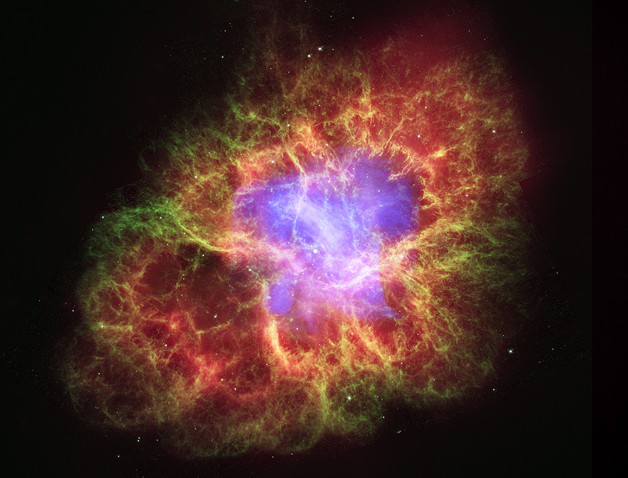
When photons talk to each other
Photons do not normally talk to each other – but put GeV gamma-rays into a high enough background radiation field, and eventually one will break the ice.

Photons do not normally talk to each other – but put GeV gamma-rays into a high enough background radiation field, and eventually one will break the ice.

In the second astrobite in our Supernova Remnants Series, we check out a review article that describes the embedded gems of supernova remnants – pulsar wind nebulae.

Astronomers seldom touch, smell, hear, or taste astronomical sources – their primary sensory input is light. Read about how astronomers use the electromagnetic spectrum to unravel the mysteries of the Universe!

In this, the first in a series of astrobites on Supernova Remnants during various stages of evolution, we wonder at ejecta-dominated SNRs: what are they, how do they shine, and what can we learn by studying them?